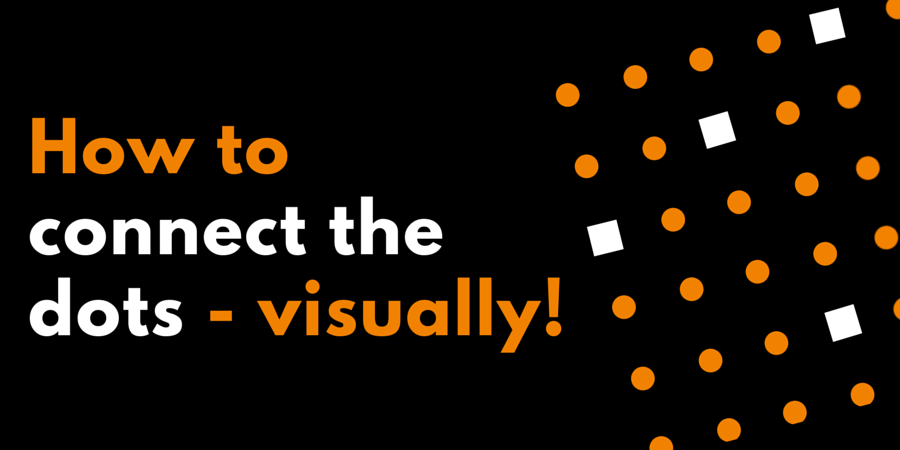In today’s world of accelerating innovation, new ideas are more valuable than ever. Most ideas don’t come from bolts out of the blue but by connecting previously unrelated bits of information together in creative ways – “connecting the dots,” so to speak. That plays to several of the strengths of mind mapping software, making it an excellent creativity tool.
The radial visual structure of a mind map makes it easy to see relationships and connections between disparate bits of information. In addition, because a mind map structures information the way your brain does – by association – you’re likely to capture more of your brain’s output in a mind map. That, in turn, increases the odds that you’ll be able to form novel combinations between the bits of information you’ve captured in your mind map – more dots to connect.
In other words, mind maps significantly enhance your ability to uncover creative breakthroughs.
There are 3 key ways mind mapping software helps you to connect ideas:
1. Moving or “refactoring” topics: Refactoring is the process of moving topics from one part of your map to another and, in so doing, re-evaluating and reconsidering the relationship between that parent topic and its new sibling. Moving a topic to a new home changes its context. Coincidentally, it also places it in close proximity to a new constellation of topics, which can reveal patterns that weren’t previously visible. In this way, you can play “what if” with your ideas. Rearrange several topics. If their new positions give you fresh insights or ideas, that’s awesome! If not, use your program’s undo command to return them to their former locations.
2. Using relationship lines: Relationship lines are used to connect topics without moving them. In doing so, you are creating a bond between them. In that sense, it’s a simple way of connecting a handful of dots in your mind maps. I don’t recommend this technique if you want to show a lot of relationships because your mind map will quickly become visually cluttered.
3. By visually classifying related information by topic style and color or symbols and icons. For example, you could ask yourself, “Which of these topics is related to X?” and then color all of those topics blue. That would immediately creates a visual connection between them each time you view your mind map. If you add an icon to the topics you want to connect, you can actually filter the contents of your map based on it.
Bonus: Once you have grouped related ideas together on a single branch, some programs enable you to “break them off” of the main map – to convert them into a linked sub-map. This is a very effective way to isolate them so you can embellish and expand upon them, free of distractions.


Leave a Reply